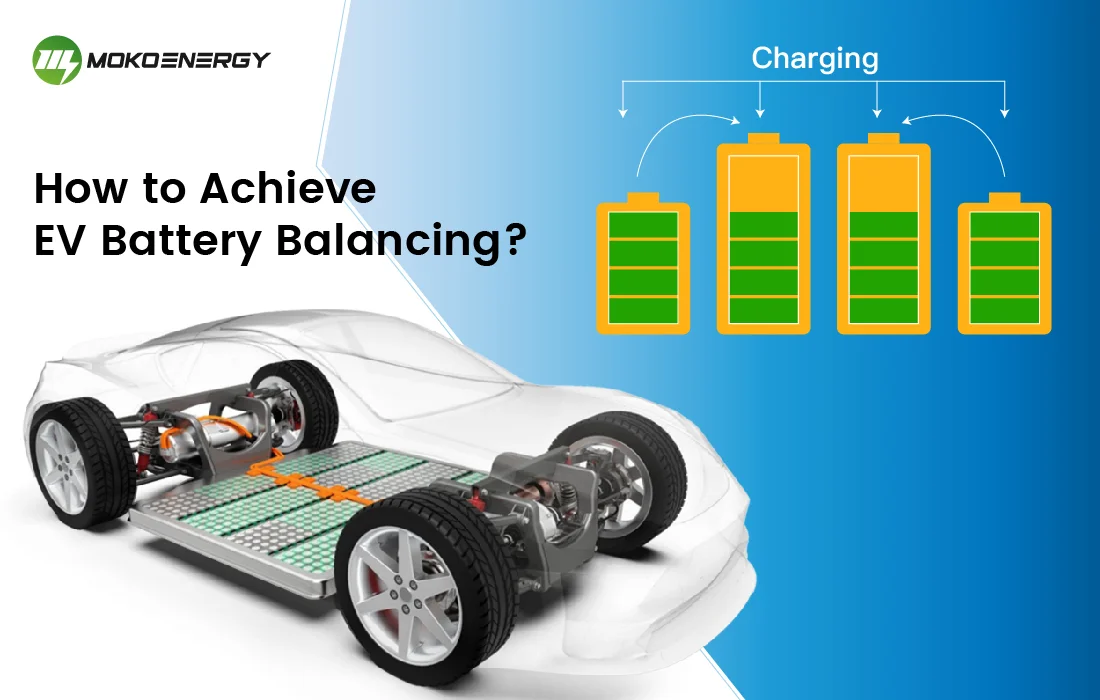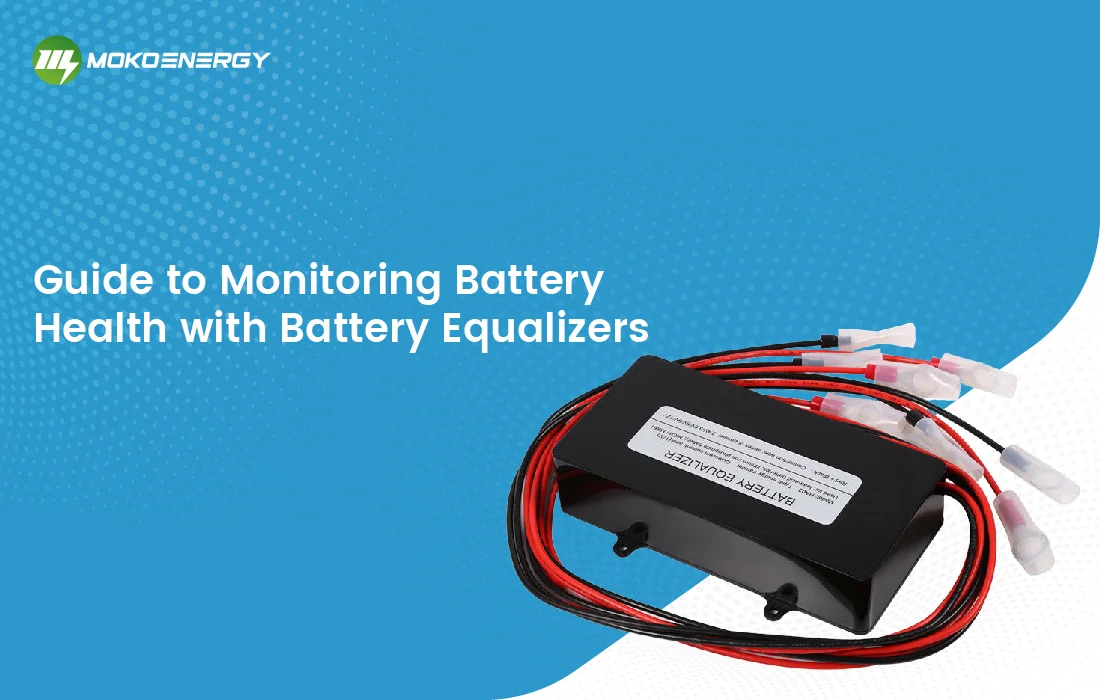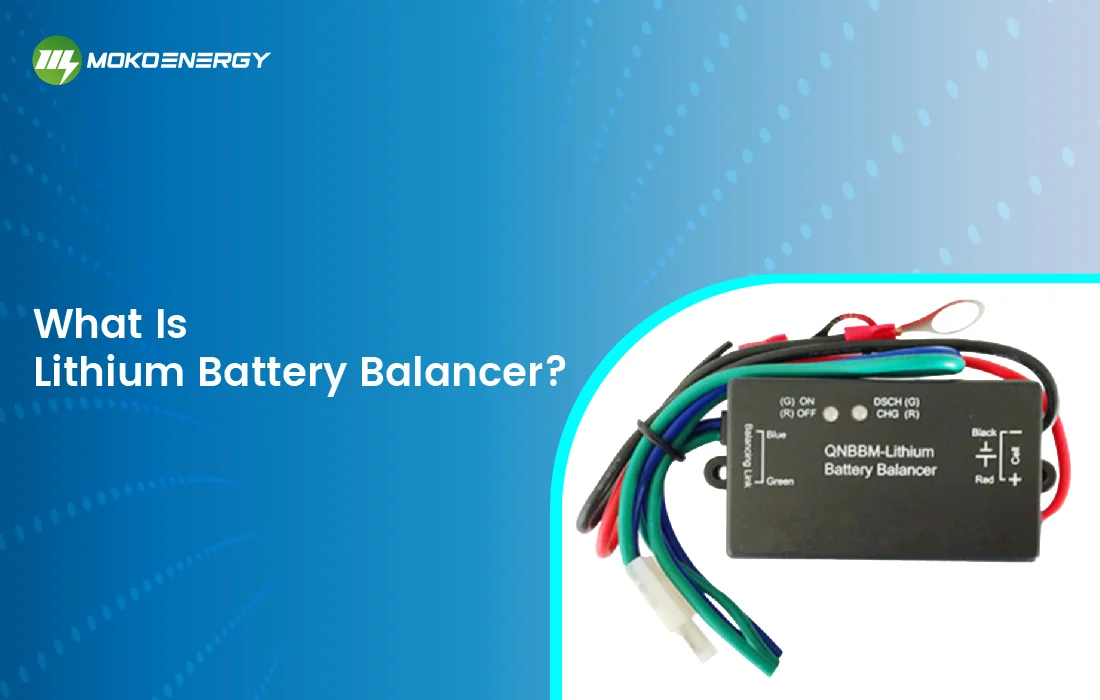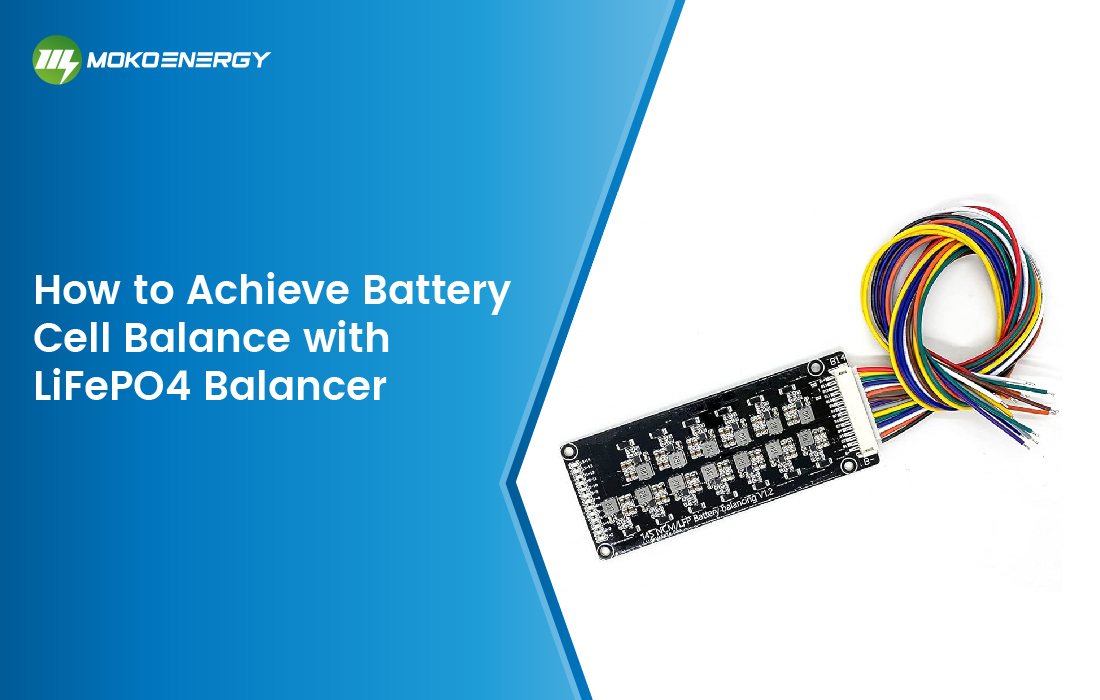Lithium-ion cells are highly sought for several reasons, including high power density, a long lifecycle, and energy density to provide the necessary power to an EV at varying temperatures. Nevertheless, some problems are occurring in these advanced battery systems. Over-voltage, undervoltage, thermal runaway, and cell voltage imbalance can reduce the performance of an EV battery pack. In this regard, cell imbalance minimization is paramount, where the dissipation of power and heat within individual cells could differ detrimentally to maximum battery service life. An EV battery pack is made up of numerous lithium-ion cells whereby these cells are grouped in series and parallel connections. They can even experience SoC and capacity changes because of manufacturing deviations, degradation, or varying operating conditions. It’s here that the so called ‘EV battery balancing’ sets in: a rather delicate procedure of charging the cells to the same level and capacity as much as possible in order to ensure maximum power and battery longevity in the pack.
Here in this extensive article, users will learn all the advanced and complex information about the EV battery balancing methods, tools used, and tips for optimum battery performance that is so vital for this energy-saving, eco-friendly, and fantastic power storage system for their electric vehicles’ journeys.
Understanding EV Battery Balancing
The battery pack is the central component in every EV and is usually accomplished out of amounts of lithium-ion cells. Despite their synergy, if the temperature at which they are used or how they are produced differs or having gone through the aging process, cell balance may be off.
Individual cell imbalances are an effect that happens when one or more cells in the pack are overcharged or undercharged in comparison with the others. This imbalance can have severe consequences, including:
- Less battery endurance and overall battery range
- Acceleration in decline of battery health and loss of battery capacity
- Other risks associated with heat causing the battery to overheat or even get out of control known as thermal runaway.
To counteract these challenges, EV manufacturers practice battery balancing to guarantee that all the cells within a pack are working at their given voltage, as well as charge levels.
Methods of EV Battery Balancing
The two main types of EV balancing strategies are passive balancing and active balancing.
Passive Balancing
Passive balancing is a simpler and more cost-effective method. It involves dissipating excess energy from overcharged cells through resistors or shunt circuits, effectively bringing them back in line with the rest of the pack.
Pros:
- Simple and inexpensive implementation
- Suitable for mild imbalances
Cons:
- Forcing energy in one direction and then extracting it back to balance causes heat loss
- Limited effectiveness for severe imbalances
Active Balancing
Active balancing, on the other hand, incorporates more complex mechanism to manage the energy distribution with the cells actively. There are several active balancing methods, including:
- Cell-to-cell balancing: Inter-cellular charging is achieved by the direct transfer of energy from charged to more charged cells within the pack..
- Cell-to-pack balancing: They are overloaded and directed to the rest of the pack whereby the energy is evenly regulated.
- Pack-to-pack balancing: Power is shifted between distinct power packs so that it is easier to balance in extensive arrangements.
Pros:
- More effective and efficient in correcting severe imbalance.
- The equilibrium process of the internal energy is achieved without any dissipation of energy.
Cons:
- Increased complexity and cost
- Additional hardware and control systems have to be added sometimes
Comparison of Passive and Active Balancing Methods
| Method | Complexity | Effectiveness | Energy Efficiency | Cost |
|---|---|---|---|---|
| Passive Balancing | Low | Moderate | Low | Low |
| Active Balancing | High | High | High | High |
While passive balancing is simpler and more cost-effective, active balancing methods offer superior effectiveness and energy efficiency, particularly for severe cell imbalances.
Step-by-Step Guide to EV Battery Balancing
Using a passive or an active method of battery balancing, the following is a systematic manner to balance the battery: Here’s a step-by-step guide to get you started:
Tools and Equipment
✓ Insulated tools (e.g., wrenches, screwdrivers)
✓ Multimeter or battery health monitoring system
✓ Protective accessories (e.g., gloves, goggles)
✓ Balancing hardware (e.g., resistors, capacitors, or active balancing circuits)
Preparation
- Make sure you are in a well-lit area and switch the car off, secure your electric vehicle on a flat surface with your foot brake.
- Pull out all the cables and remove the battery pack to disconnect it from the vehicle’s electrical system.
- Ensure proper ventilation and follow all safety precautions.
Balancing Procedure
- Use a multimeter or battery monitoring system to measure the voltage of each cell or module in the battery pack.
- Find a cell or module that has the highest as well as the lowest voltage reading.
- In passive balancing, use balancing resistors or shunt circuits to short the overcharged cells thus giving them time for discharge.
- For active balancing, instruct to perform the procedure relating to the intended method of balancing, be it cell-to-cell, cell-to-pack, or pack-to-pack balancing.
- There is need to monitor the voltage levels continuously in this balancing process and vary the process as appropriate.
- Since such balancing is done to bring cells or modules to the respective nominal voltage, then once all cells or modules are within the recommended voltage range, then the balancing process is done.
Safety Precautions
*It is recommended that you wear proper safety clothing and shield yourself in a well-ventilated room at all times.
*You should first turn off the battery pack from the electrical system of the vehicle.
*Be very careful when handling battery cells and components, including the battery risks of short circuitry or damaging them.
*Always stick to the general guidelines, and also follow manufacturer’s guidance for the model you have.
Maintenance and Monitoring
The imbalance in the cells can be averted through maintenance and monitoring that reveal how to prolong the life of the battery pack you have for your EV. Driven by the above-discussed factors, it is recommended that battery balancing should be done once a year or after each 10000 to 15000 miles. However, it is recommended that you go through the guidelines provided by your EV manufacturer regarding the type of battery you should use. BMS is a standard feature in most new cars, and it is vital for any modern EV. It keeps track of the battery pack permanently. To ensure optimal battery balancing and extend the life of your EV’s battery pack, consider the following tips and best practices:
✓ Do not make deep discharging often or charge the battery pack too much.
✓ Park your EV in the shade and ensure it is always charged and ready for use when needed.
✓ Charge your electric car and follow maintenance schedules as recommended by the manufacturer.
✓ Consider an upgrade to an active balancing system could be done for improved operating efficiency.
✓ Seek help from other individuals with exposure to EV and approach experienced personnel for assistance with issues encountered.
However, in the current battery balancing approaches there are some disadvantages. Experts are also looking into innovative solutions like optimizing algorithms, applying machine learning algorithms, and recent balancing circuits for making the method more efficient and increasing the EV battery’s lifetime. Regardless of the type of balancing that you choose between the passive and active ones, one thing is clear: balancing must be undertaken from time to time to help avoid cell imbalances and to help increase the overall lifespan of your battery. Therefore, learn and practice EV battery balancing and make your green mobility transition more enjoyable in the years to come.







